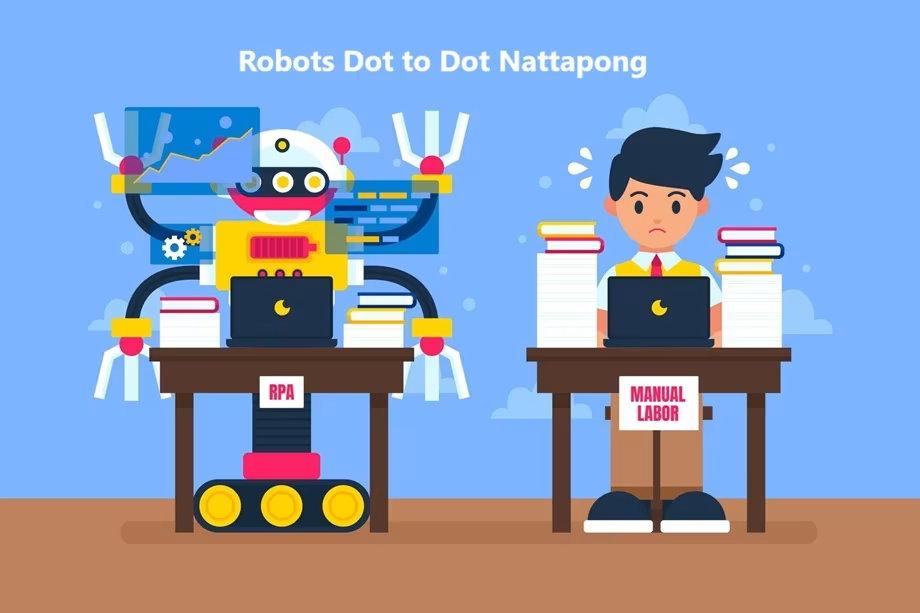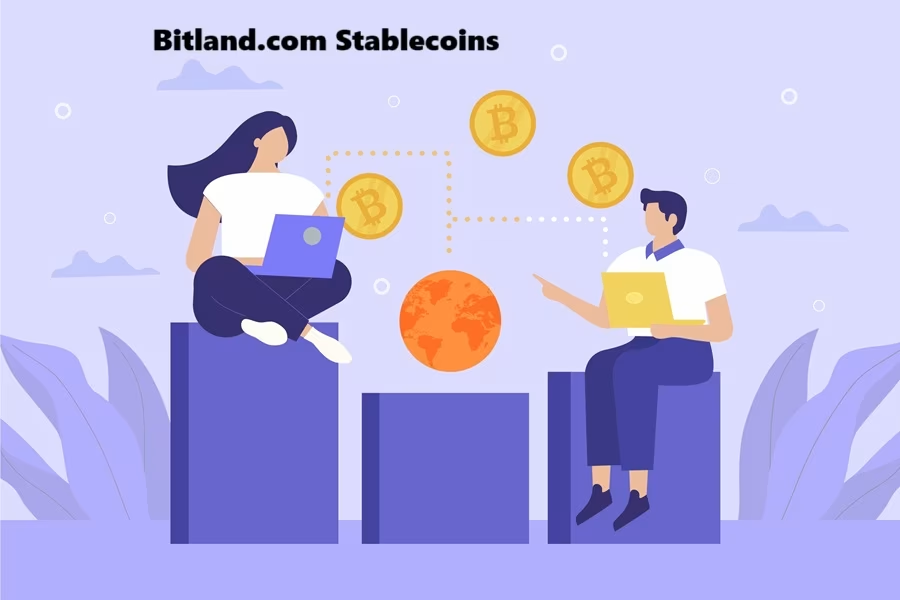
What is “Robots Dot to Dot Nattapong”?
Have you ever seen a robot draw? Now imagine that same robot connecting dots to reveal stunning images, all while helping kids learn. That’s exactly what “Robots Dot to Dot Nattapong” is about — an innovative concept that blends technology, art, and education through interactive dot-to-dot drawing experiences.
Why Is It Gaining Attention?
Simple: it’s fun, smart, and future-ready. Combining a classic puzzle game with robotics makes it engaging for kids, appealing for parents, and incredibly useful for teachers. But what’s the real story behind this?
Understanding Dot-to-Dot Activities
The Basics of Dot-to-Dot Puzzles
Dot-to-dot puzzles are classic. You connect numbered dots and — voila! — a picture appears. It’s an old-school activity with lasting charm.
Educational Value of Dot-to-Dot for Kids
Dot-to-dot games help develop:
- Number sequencing
- Fine motor control
- Hand-eye coordination
- Cognitive mapping
And let’s not forget the thrill of revealing the mystery image.
How Robots Make Dot-to-Dot More Interactive
With Nattapong’s innovation, this age-old game gets a high-tech twist. Kids don’t just connect dots; they command a robot that draws the lines for them or with them. How cool is that?
Who is Nattapong?
Background on Nattapong
Nattapong is a creative tech innovator known for blending educational design with robotics. He’s a name buzzing in STEM-education circles — and for good reason.
His Role in Robotic Dot-to-Dot Innovation
Nattapong envisioned a tool where robots help children learn through play. His goal? Make interactive learning accessible and entertaining for all.
Notable Projects and Works
Before “Robots Dot to Dot,” Nattapong had already worked on:
- Robotic sketching arms
- Child-focused AI learning tools
- Educational robot kits
The Concept Behind Robots Dot to Dot
How the Idea Was Born
What if a robot could draw with a child instead of just for them? This question led Nattapong to create an experience where creativity meets coding.
Merging Art, Puzzles, and Robotics
The robot doesn’t just trace. It:
- Learns
- Adapts
- Interacts
This turns a passive drawing task into an active learning journey.
Technology Used in the Process
At the core are:
- Arduino or Raspberry Pi boards
- Servo motors
- AI-powered feedback systems
- Custom drawing software
How It Works
Step-by-Step Guide
- Load a dot-to-dot pattern
- Start the robot
- Let it connect the dots or guide your hand
- See your image come to life!
AI Integration and Feedback
The system offers:
- Hints
- Progress tracking
- Celebratory animations when a drawing is complete
Features of the Robot
Customization Options
Kids can choose:
- Themes (animals, vehicles, space, etc.)
- Difficulty levels
- Color modes
User Interface and Child-Friendly Design
The robot interface is bright, simple, and made for tiny fingers and curious minds.
Offline and Online Capabilities
No internet? No problem. Use it offline or upload your creations online to share with friends.
Educational Benefits
Boosts Creativity and Motor Skills
Connecting dots becomes a stepping stone to drawing, sketching, and even engineering.
Encourages Focus and Patience
This isn’t just flashy tech — it’s a tool that teaches persistence, accuracy, and concentration.
Blending STEM and Art
STEAM (STEM + Art) education is the future. And this robot is a perfect blend of both worlds.
Applications in Schools and Homes
Classroom Integration
Teachers can use it to:
- Teach numbers
- Explore patterns
- Integrate with STEM projects
Homeschooling Aid
Parents love the hands-on, screen-free learning approach.
Therapy and Special Education Usage
The repetitive, calm, guided movements are excellent for:
- Children with autism
- Occupational therapy
- Fine motor skill development
Nattapong’s Vision and Mission
Making Learning Fun and Futuristic
Nattapong believes education should be immersive and inspiring.
Bringing Tech and Art Together
Why choose between science and creativity when you can have both?
Inspiring Young Minds
By interacting with the robot, kids see technology as a partner, not just a tool.
How to Buy or Build Your Own
Commercially Available Kits
Some versions are available on platforms like:
- Amazon
- Etsy (custom 3D-printed models)
- Robotics hobby stores
DIY Methods Using Arduino or Raspberry Pi
For tech-savvy families, DIY is cheaper and more customizable.
Online Tutorials and Guides
YouTube and Instructables are full of step-by-step guides to build your own robot artist.
Reviews and Testimonials
What Parents Are Saying
“My 6-year-old is obsessed! It’s educational without being boring.” – Maria L.
Teachers’ Feedback
“This is next-level learning. It keeps the class engaged for hours.” – Mr. Thompson, 3rd grade
Kids’ Reactions
“It’s like magic, but with a robot!” – Aiden, age 7
Challenges and Limitations
Costs and Accessibility
Depending on the version, prices range from $50 to $300+.
Learning Curve for Setup
Initial setup may require adult help or basic coding knowledge.
Maintenance and Support
DIY kits may not come with support, while commercial ones might offer warranties and tutorials.
The Future of Robotic Dot-to-Dot
AR and VR Integration Possibilities
Imagine drawing in augmented reality or teaming up with friends in virtual art galleries!
Collaborative Drawing Features
Multiple robots working together — co-op creativity!
Global Educational Partnerships
Schools worldwide could tap into this to revolutionize early education.
Comparison with Other Learning Tools
Traditional Puzzles vs. Robot-Based Puzzles
- Traditional = static
- Robots = dynamic, personalized, interactive
Educational Robots in the Same Category
Unlike general-purpose bots, this one is laser-focused on artistic growth.
What Makes Nattapong’s Creation Unique?
The blend of art, AI, and kid-friendly tech sets it apart.
Tips for Parents and Teachers
Best Practices for Usage
- Start slow with easy puzzles
- Let kids experiment with themes
- Celebrate finished drawings
Safety Precautions
- Supervise early sessions
- Keep wires and ports safe
- Use on flat, stable surfaces
Encouraging Creativity
- Ask kids to design their own puzzles
- Print and frame their artwork
- Combine with storytelling or lessons
Conclusion
“Robots Dot to Dot Nattapong” isn’t just a toy — it’s a revolution in creative education. It proves learning doesn’t have to be boring and robots don’t have to be complicated. Whether you’re a teacher, parent, or curious kid, this robot promises to make learning an unforgettable adventure.
FAQs
1. What age group is it suitable for?
It’s perfect for kids aged 5–12, though teens and adults enjoy it too!
2. Is any programming knowledge required?
Nope! The beginner kits come ready to use, but DIY versions may need some basic coding.
3. Can it be used offline?
Yes. Most models have offline functionality for uninterrupted learning.
4. How is it different from drawing apps?
Unlike apps, it’s tangible and hands-on. It teaches real-world motor skills alongside creativity.
5. Where can I see a demo or learn more?
Check out YouTube or search “Robots Dot to Dot Nattapong demo” for amazing walkthroughs.
Also Read About: ProjectRethink.Org Team Esports








